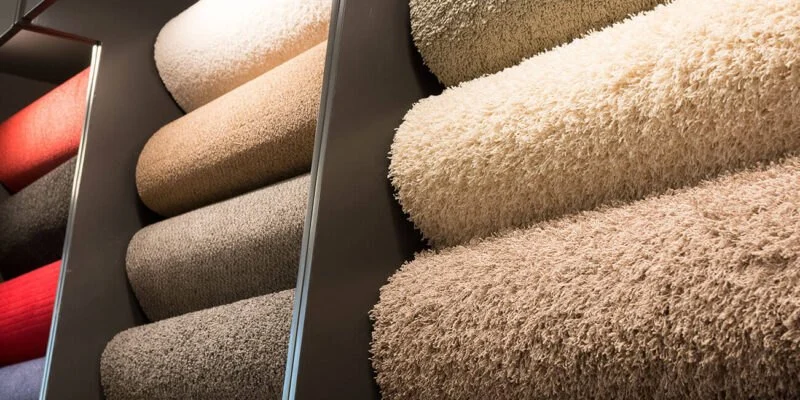
- Factors Affecting Carpet Costs
- Budget-Friendly Carpet Types
- Mid-Range Carpet Options
- High-End Carpet Types
- Understanding Carpet Installation Costs
1. Factors Affecting Carpet Costs
When it comes to choosing the right carpet for your home, the cost is one of the most important factors to consider. However, understanding how the cost of carpets can vary is essential. Several factors can influence carpet prices, including material type, pile height, density, and even the region you live in. Here are the key elements that affect carpet costs:
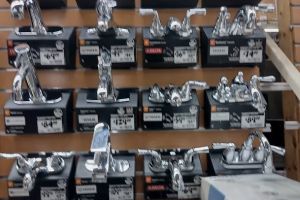
The Home Depot
WaterburyNaugatuck Valley Planning RegionConnecticut
575 Bank St, Waterbury, CT 06708, USA
Material Type
The type of fiber used in a carpet plays a significant role in its price. Carpets made from synthetic fibers such as nylon, polyester, or olefin tend to be more affordable compared to natural fibers like wool. Wool, for example, is a high-quality, durable material but comes with a higher price tag due to its natural properties and sustainability.
Pile Height and Density
The pile refers to the length of the carpet fibers. Shorter pile carpets are typically less expensive because they require less material. Higher pile carpets (like plush or shag carpets) can cost more due to the increased use of fiber and the manufacturing process involved. Density also impacts price—denser carpets generally offer more durability but come at a higher cost.
Brand and Quality
Well-known brands or carpets that offer advanced features like stain resistance or hypoallergenic properties often come with a higher cost. Quality guarantees and warranties can also add to the price, as these carpets are designed to last longer and maintain their appearance over time.
2. Budget-Friendly Carpet Types
If you’re on a budget but still want to enjoy the comfort of carpet in your home, there are plenty of affordable options available. These budget-friendly carpets often use synthetic materials that are durable, easy to clean, and available in a range of colors and styles.
Polyester Carpets
Polyester is one of the most affordable carpet materials. It’s known for being soft and available in a variety of colors, but it may not be as durable as nylon. Polyester carpets are a great choice for low-traffic areas or rooms where cost is a significant concern. However, they may wear down quicker in high-traffic areas.
Olefin Carpets
Olefin (or polypropylene) is another budget-friendly option for carpets. It is resistant to moisture and stains, making it a popular choice for basements or outdoor spaces. Olefin carpets are durable, but they tend to be less resilient than nylon or wool. They are an excellent option if you're looking for something affordable that can handle light traffic.
Low-Pile Nylon Carpets
Nylon is the most durable synthetic fiber, and while it can be more expensive than polyester or olefin, you can find budget-friendly options made from nylon. Low-pile nylon carpets are affordable, long-lasting, and perfect for high-traffic areas, making them an excellent investment for homes with kids or pets.
3. Mid-Range Carpet Options
For homeowners who are looking for a balance between quality and price, mid-range carpets offer an ideal solution. These carpets typically provide better durability and comfort than budget options, while still being more affordable than high-end choices. Here are some mid-range carpet options to consider:
Wool Blend Carpets
Wool blend carpets combine natural wool with synthetic fibers like nylon or polyester, offering a balance of durability, comfort, and price. These carpets tend to be more affordable than 100% wool carpets but still provide the luxurious feel and natural stain resistance that wool is known for.
High-Density Nylon Carpets
High-density nylon carpets are an excellent option if you're looking for durability in a mid-range price point. With better density than budget nylon carpets, these options are ideal for high-traffic areas and provide long-lasting resilience. They also tend to hold their color and shape better over time, making them a smart investment for your home.
Triexta Carpets
Triexta is a relatively new fiber that’s becoming increasingly popular in the mid-range market. Made from renewable resources, it’s a sustainable alternative that combines the softness of polyester with the durability of nylon. Triexta carpets are stain-resistant, easy to maintain, and have a competitive price point, making them a good choice for households with pets or kids.
4. High-End Carpet Types
If you're willing to invest in a more luxurious carpet that offers both quality and style, high-end carpets made from premium materials will provide exceptional comfort and durability. These carpets are designed to last for many years and often come with additional features like stain resistance, moisture control, and better warranties. Some of the most popular high-end carpet types include:
Wool Carpets
Wool is the gold standard in luxury carpets. Known for its softness, natural insulating properties, and eco-friendly nature, wool carpets are ideal for those willing to spend more for long-term quality. They are incredibly durable, naturally fire-resistant, and offer superior warmth and comfort. Wool carpets are perfect for spaces where you want both elegance and functionality.
Silk and Bamboo Carpets
For those looking for an ultra-luxurious feel, silk and bamboo carpets are available at premium prices. These natural fibers are incredibly soft and offer a unique, high-end look. Silk carpets, in particular, are prized for their luxurious sheen, while bamboo carpets offer a sustainable option with the elegance of natural fibers. However, these carpets require extra care and maintenance due to their delicate nature.
High-End Nylon Carpets
High-end nylon carpets come with advanced features like stain resistance, hypoallergenic properties, and superior durability. These carpets are perfect for high-traffic areas but have a luxurious feel thanks to the technology that goes into the manufacturing process. High-end nylon carpets can be expensive but are designed to provide many years of use without showing wear.
5. Understanding Carpet Installation Costs
In addition to the price of the carpet itself, installation costs should also be considered when budgeting for a new carpet. The cost of installation can vary based on the type of carpet, the size of the area, and the complexity of the installation. Here are some key points to consider regarding installation:
Installation Fees
Installation fees typically range from $1 to $4 per square foot, depending on the type of carpet and the installer. Some carpet retailers include installation in the price of the carpet, while others charge separately. It’s important to clarify this upfront to avoid any surprises.
Additional Costs
Additional costs can include the removal of old carpet, subfloor preparation, or the installation of padding (which is highly recommended for comfort and longevity). High-end carpets or complex installations may incur higher costs due to the need for more specialized labor.
DIY Installation
For those looking to save on installation costs, DIY carpet installation is an option, but it’s only recommended for experienced installers. Many home improvement stores offer rental tools and tutorials, but if you’re unsure about your skills, hiring a professional may save time and stress in the long run.
Whether you’re opting for budget-friendly, mid-range, or high-end carpet, it’s essential to weigh all costs involved, including materials and installation. For more information and to find the best carpet options for your home, visit [CarpetHub] for expert advice and product recommendations tailored to your needs.


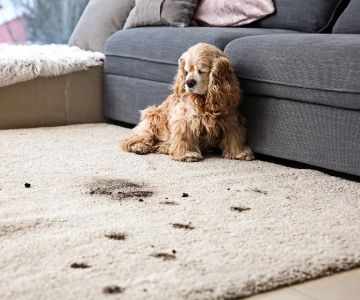
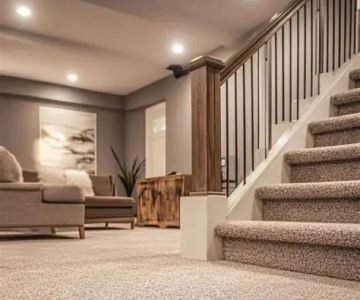
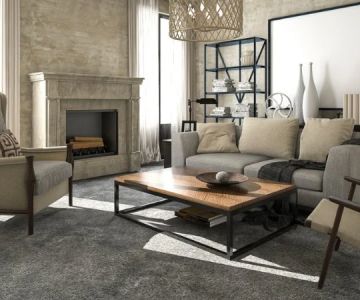
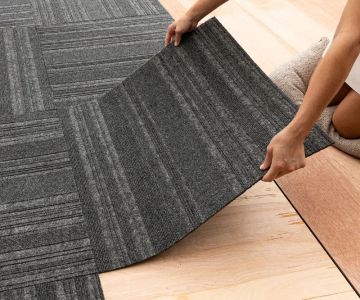
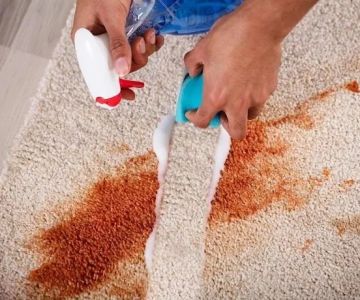
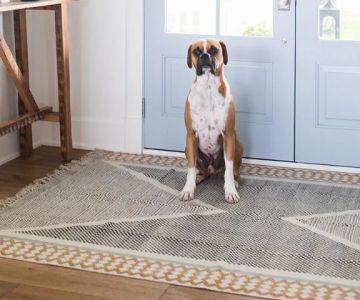
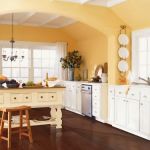 Baystate Rug and Flooring3.0 (22 reviews)
Baystate Rug and Flooring3.0 (22 reviews) Manhattan Royal Carpet and Floors5.0 (11 reviews)
Manhattan Royal Carpet and Floors5.0 (11 reviews) King Floor Supplies 24.0 (35 reviews)
King Floor Supplies 24.0 (35 reviews) World Market4.0 (481 reviews)
World Market4.0 (481 reviews)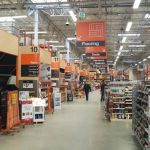 The Home Depot4.0 (997 reviews)
The Home Depot4.0 (997 reviews)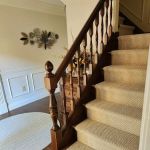 Kaoud Rugs4.0 (123 reviews)
Kaoud Rugs4.0 (123 reviews)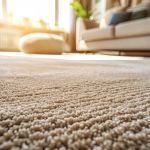 Understanding Carpet Density and Why It Matters
Understanding Carpet Density and Why It Matters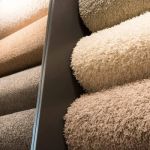 Understanding the Cost Differences Between Carpet Types
Understanding the Cost Differences Between Carpet Types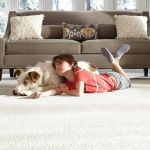 Choosing the Best Carpet for Homes with Pets
Choosing the Best Carpet for Homes with Pets How to Prevent Carpet Damage from Pets and Kids
How to Prevent Carpet Damage from Pets and Kids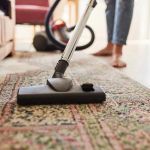 What Are the Benefits of Carpet in a Home with Allergies? | CarpetHub
What Are the Benefits of Carpet in a Home with Allergies? | CarpetHub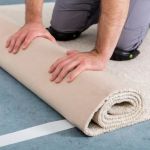 How to Choose the Right Carpet Padding for Maximum Comfort and Longevity
How to Choose the Right Carpet Padding for Maximum Comfort and Longevity